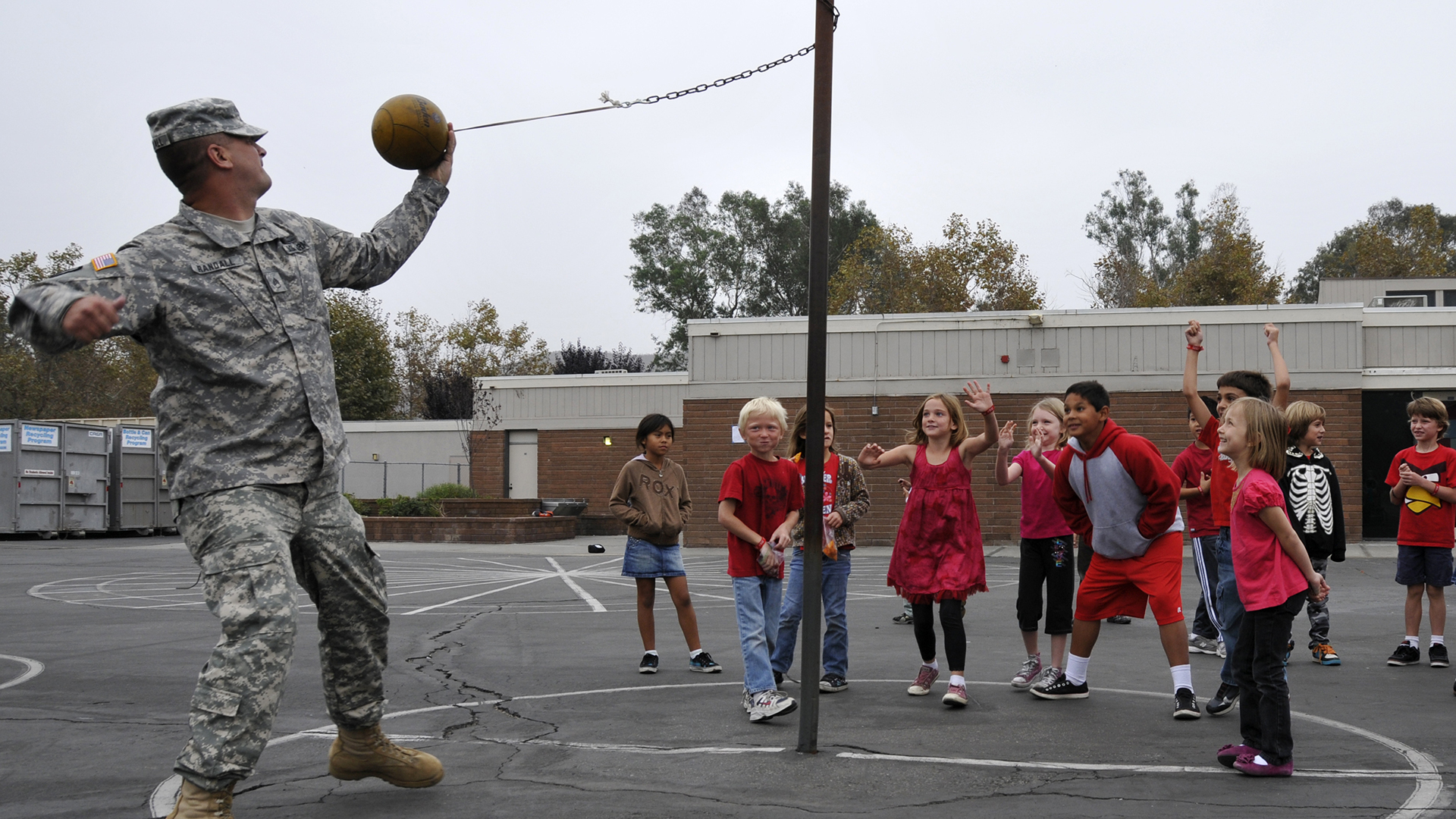

The National Guard has been called upon to perform many tasks. They’ve deployed overseas and responded to natural disasters. In recent years, the Guard has been especially active, mobilizing to support police during protests following the death of George Floyd; to secure Washington, D.C., following the Jan. 6 attack on the U.S. Capitol; to help distribute vaccines for the novel coronavirus (COVID-19); and to assist with the construction of the wall on the U.S.-Mexico border.
In Massachusetts, 250 personnel were mobilized to drive school buses.
Now, New Mexico has become the first state in the nation calling upon its National Guard troops to serve as teachers, as an ongoing surge of COVID-19 infections leaves many schools struggling to meet the staffing requirements needed to remain open.
The Guard personnel would join a cadre of 500 state workers deploying to keep classrooms open.
“We’ve determined that we have enough state employees, with the volunteer support with the Guard, to get to that 500 fairly readily, and that’s just looking at key departments like the education department and veterans department,” said New Mexico Gov. Michelle Lujan Grisham (D) said Wednesday.
National Guard personnel do have some experience in education. One Virginia National Guardsman even managed to keep teaching his band students while he was deployed to Washington, D.C. It remains unclear, though, how the presence of National Guard troops might change the dynamic of the classroom. How might a captain or sergeant first class function as a school teacher?
7:00 a.m. – Maintenance

8:00 a.m. – Attendance and roll call

“When I say school starts at 7:00 that means you are here, ready to go, at 6:45. If you walk in at 6:59 you are already late.”
9:00 a.m. – Math class

“I hope everyone brought their slide rules, because we will be doing manual calculations for gunnery.”
10:00 a.m. – Recess

11:00 a.m. – Book report presentation
“I will now discuss Long John Silver’s OODA Loop in Robert Louis Stevenson’s Treasure Island.”
Noon – Lunch

The lunchroom has been renamed the “warrior restaurant.”
1:00 p.m. – English class

“Sir, why does it say why eight times on the 5-Why analysis slide?”
“It would behoove you to not ask any more questions.”
2:00 p.m. – Phys-Ed

“The first exercise will be the bend and reach.”
“Starting position, move.”
“In cadence…”
3:00 p.m. – Science class

“All students must learn the effects of CS gas and understand how to properly clear their masks.”
4:00 p.m. – Dismissal
“But not until we knock out a police-call of the grounds.”
National Guard personnel can do many things, and they are often called upon as the “Swiss-Army knife of the DoD (Department of Defense),” as Brig. Gen. John Driscoll, the Army Guard commander of the Massachusetts Army National Guard said last year. Substitute teachers for schools may be pushing that definition to the limit, though.
What’s hot on Task & Purpose
- A judge ordered a man convicted of sexual assault to join the military or go to jail
- An Army spouse used a $30 device to track down a shady moving truck driver
- The Navy is still looking for the best use of its ‘little crappy ships’
- Here’s why the Marine Corps must do more to keep its best female Marines in uniform
- These soldiers cleared a path through 145 unexploded artillery rounds so senior officials could visit a building
Want to write for Task & Purpose? Click here. Or check out the latest stories on our homepage.
